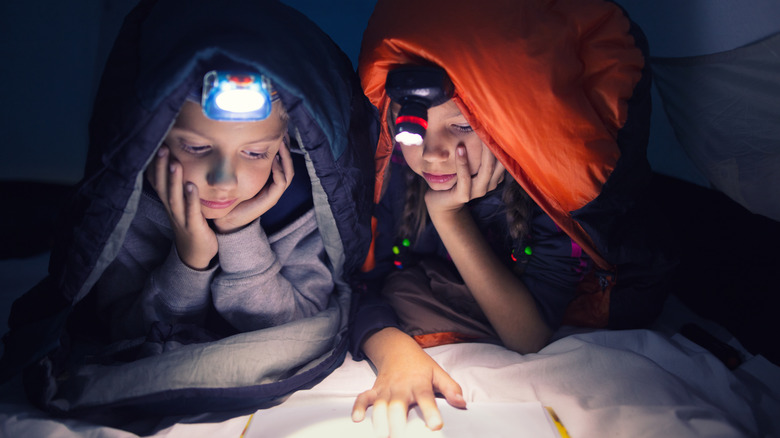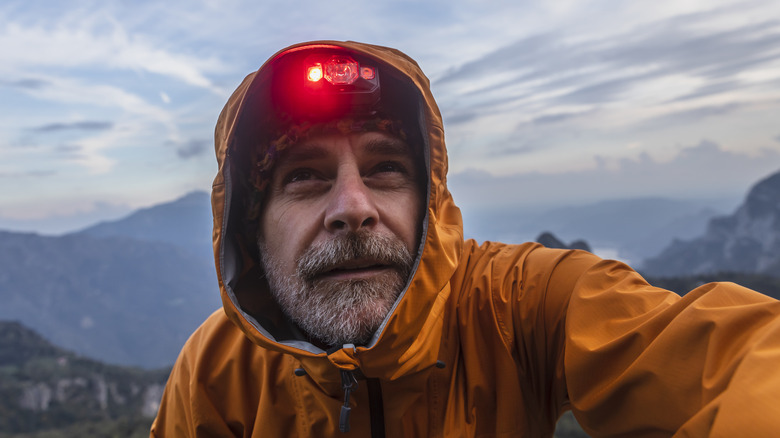Camping
Bernadette Roe
While it might seem like the nerdiest thing ever, headlamps are a camper’s best friend. The hands-free source of light can save you from falls in the night and give you visibility in hard-to-reach places as you set up your campsite or deal with vehicle trouble. Of course, once you’re set up and cozy, you’ll want to turn off all artificial light so you can lie back and do some stargazing, but before then, you’ll likely need a headlamp. For city dwellers, it’s easy to forget how dark it can get out in nature, and a powerful, accessible light source is a welcome thing.
Count it among the essentials that you need to bring with you for an easier camping trip, along with biodegradable toilet paper and duct tape, the versatile product that will remove splinters while camping. While camping may not inspire the sexiest packing list of all time, having these essentials can make your time in the great outdoors even more enjoyable. But there are some factors that should go into choosing the best headlamp for your camping needs.
Things to consider when choosing a headlamp

Miljko/Getty Images
Headlamps are very simple things, and when you’re browsing for the right one for you, keep in mind that you want something that’s comfortable and adjustable. You should be able to modify the headlamp’s strap so that it fits snugly around your head without pinching or hurting.
You’ll want to find a headlamp that has different settings. Choose a headlamp that features both a flood beam, something that illuminates a wider space right in front of you, as well as a spot beam, which illuminates a more focused space farther away. The latter is very useful when walking at night. A headlamp should also have a flash feature, in case you need to use it to get attention or as an added safety feature if you’re having car trouble on the side of the road late at night.
Opt for a headlamp that’s waterproof so that you can use it in all weather conditions. Some headlamps tilt so that you can adjust the focus of the light, which is a wonderful feature if you’re using the lamp to work on something and don’t want to keep your head in an awkward position to see what’s in front of you. Most headlamps use either lithium batteries or rechargeable nickel metal hydride batteries, both of which are designed to work well in the cold.
Why red light headlamps are awesome

Deimagine/Getty Images
One unique feature that many headlamps carry is a red light, which is actually beneficial. Red light doesn’t make pupils shrink in the way that white light does, so this is a very popular choice for nighttime use. In fact, there are several perks to having a red light feature on your headlamp.
For one, because the light won’t blind those you’re with in the way that white light does, you can work in a team to set up a campsite or unpack a car without worrying about that. Plus, many nighttime hunters find that animals don’t get alarmed by red lights. Even if you’re not hunting, wildlife is apparently less disturbed by red lights, so you won’t rouse animals this way. Also — and this is a real plus — it seems bugs may not be as attracted to red lights as they are to white light. For many of us, red lights can be an unfamiliar way to brighten the night, so this typically works best when it’s one feature among many lighting options on a headlamp. But having a red light as an option is certainly a plus.

